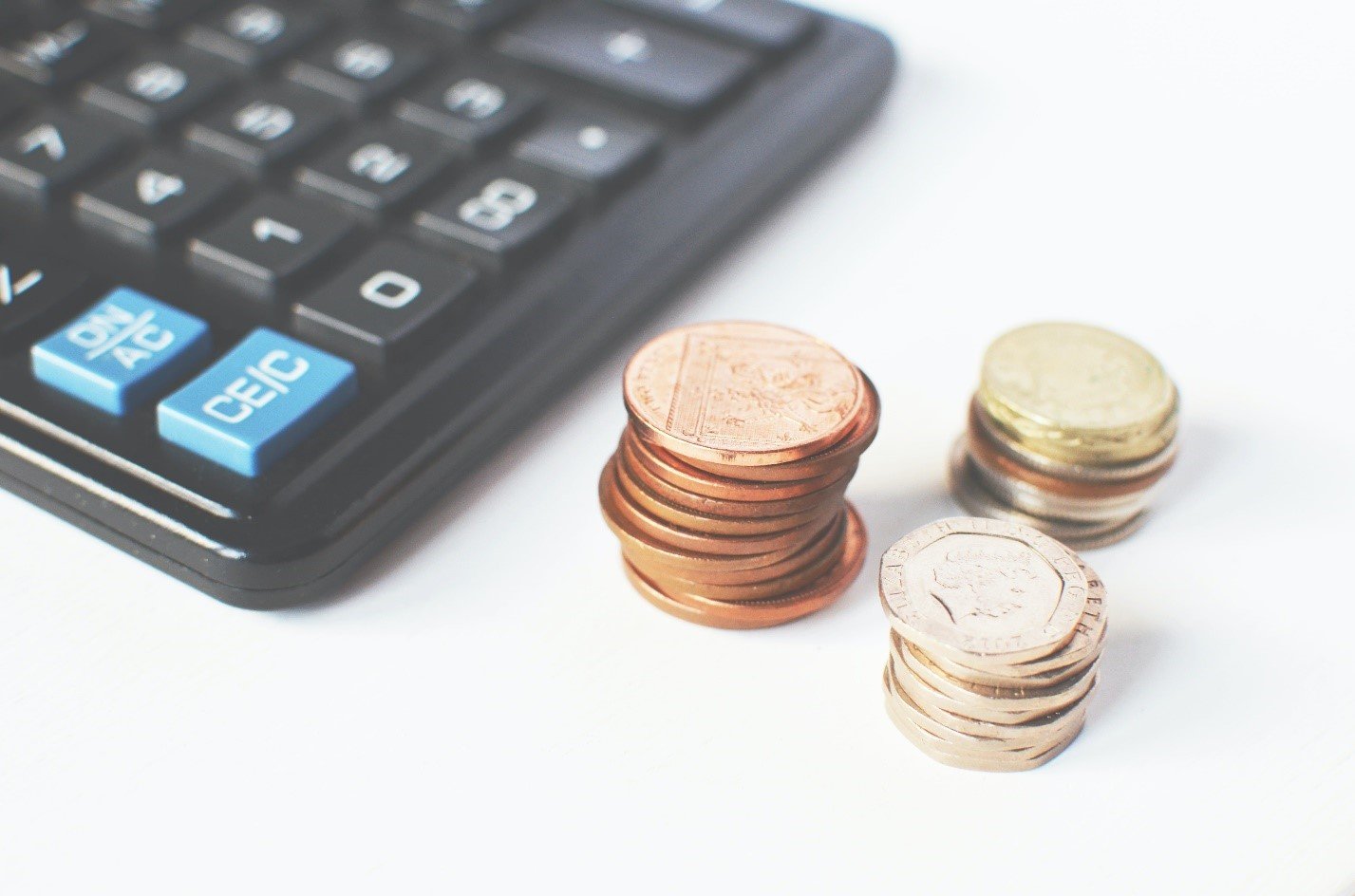Have you ever thought about your electricity bill beyond a simple “here’s what I owe this month?” If not, then take this as your sign to do just that. There are a lot of different ways that these bills are calculated, and savings that many folks simply don’t know that they can tap into.
When was the last time that you checked in with your power provider to ask about some of the options available? Unless you recently moved and had to negotiate a new contract, chances are that it’s been quite a while. While this isn’t necessarily a bad thing, it isn’t a bad idea to check in on your contract occasionally to see if things have changed.
What might change, you are probably asking? This will really depend on who your provider is, but we’ll be doing our best to explain it here today. If you have any questions about what it means to have an electricity provider (along with some of the details that this encompasses), you might want to check out this page. While it’s not specific to Norway, it is worth reading to get the basics down.
There are two main ways that bills are calculated. These are “fixed” rates and “variable” rates. We’ll be getting into both of them, so stay tuned if you would like to know more about how they work and why each has its own pros and cons.
Power Grids: How they Work
To fully understand the mechanisms behind how our power bills are calculated, it doesn’t hurt to know a bit more about power grids in the first place. Here in Norway, we have five total power regions. You might notice different charges depending on where you live because of this. For example, most of the time the southern regions will have higher power bills than the northern zones for a variety of reasons.
With that noted, we can turn our attention to the mechanics of power grids. Put simply, they are intricate networks that deliver electricity from power plants to their customers. This includes both businesses and residential homes.
Most of the time, there will be a system that ensures that no one facet of the grid is overwhelmed at one time – rather, the power plants share the workload, so to speak.
How do they work otherwise, though? Well, notably, they consist of power generation stations, transmission lines, and distribution networks. These work in tandem to ensure that everyone in the grid is able to get power as equitably as possible. At least, this is the goal – obviously, there are sometimes going to be complications along the way.
Electricity is generated at power plants using a variety of fuels. Some examples are coal, natural gas, nuclear, or renewable energy. Renewable energy comes in all sorts of forms, of course. Most notably, it includes hydro power, solar power, and wind power.
Wind turbines and hydro plants are fairly common sights around here, as you probably already know. To read more about sustainable energy, check out this page: https://www.nrel.gov/research/re-wind.html.
On a final note, for this section at least, the fuel sources are then transformed into high voltages for efficient transmission through the transmission lines we mentioned prior. From there, the power can be carried over long distances.
Lastly, it’s at substations that the voltage is lowered for distribution through local power lines to homes and businesses. After all, we probably don’t want extremely high voltage getting through our outlets, since that poses a higher risk to us in residential areas. No one wants to get electrocuted.
Payment Systems
Now, as we briefly covered above, there are two main ways that folks have their electric bills calculated. These are, of course, fixed and variable. What is the difference between them, though, and what does each of those terms mean?
Is one of them better than the other? The answer to the latter question is “yes and no,” but we’ll get into that a bit later.
Variable (Spot) Pricing:
We’ll start with the one that most experts agree is beneficial (at least, here in Norway). At first glance, this might seem a bit counter-intuitive. Spot pricing is essentially when the price of the power you use changes on a daily basis. Probably doesn’t sound like it would save you any money, right? It’s a bit more complicated than that.
You see, the prices that fluctuate are based on the changes in the market on a day-to-day basis. The name of our electricity exchange is Nordic Pool, so that’s our reference point. With that explanation, it’s probably a bit strange that this is considered the “cheapest” by most experts.
When it comes to the actual bill that you’ll get each month using this model, several things are taken into account. Market costs are the basis, and then a markup fee is added by your power provider. Alongside that, you’ll have a fixed monthly payment to the electric company.
Pros and Cons
While this does have the potential to be the cheaper option, there’s no doubt that it’s rather unpredictable. It’s all quite dependent on those market prices, which can be stressful in times of economic distress. When the global economy isn’t doing well it has an impact on our local ones as well, and that can cause bills to get higher.
Ultimately, though, it’s up to each of us to decide what will suit our needs and financial plans better. You can always call and talk to your provider if you aren’t quite certain.

Fixed Pricing
At last, we can answer the question of fastpris på strøm and tackle it effectively! Although it’s easy to confuse this model with the former to some extent, we’ll explain how it works (and how it’s quite different in practice). The main thing to know is that with this type of pricing, you’ll always know what your monthly statement will be.
Compared to spot billing, it’s just a lot more predictable and reliable. This doesn’t make it superior, of course, but it can be preferable in certain circumstances. In fact, to accommodate for this, most electric companies offer short-term fixed billing. This means that you don’t have to commit for this type of charge permanently, but you could do so for a few months at a time.
Something to keep in mind before we cover the positives and negatives of this type of billing structure is that another name for it is “flat” billing. We highlight this because it can get confusing without understanding all of the terminology, and not everyone wants to have to ask a ton of questions when calling a customer service line.
Pros and Cons (the Sequel)
The main draw of this type of pricing is that it makes our finances much more predictable and easier to track. You will always have at least somewhat of an idea of what to expect out of your monthly bill – much more so than with spot pricing. After all, each time that the price fluctuates on the general market with the variable option, it impacts your own payments.
With that said, though, this is a double-edged sword. Over long periods of time, it could very easily end up costing you a lot more than a variable contract would.
That’s why most people end up opting for a shorter fixed-price contract rather than a long term one (or a permanent one). Thankfully, it isn’t too difficult to negotiate with our providers to sort out what would be best for us.
Geographical Complications and Final Thoughts
Here in Norway, there is a bit of a hiccup in terms of whether or not you’ll be able to find a fixed price billing option. The south of the country has much more unstable power prices, meaning that most companies simply don’t offer these plans anymore.
They’re too risky at the end of the business, since consumers could end up paying much less than the market value for power depending on those fluctuations.
Northern Norway still had these options available, though. So, depending on where you live, this information will hopefully serve you well. At the end of the day, the real message here is that you shouldn’t be afraid to communicate with your provider. Electricity isn’t a luxury in this day and age – it’s a need.
Therefore, it’s only fair that we keep up to date with the prices that are being charged for power. Although the grid here is quite sophisticated and complex, all technology is somewhat subject to errors. These can cause further fluctuations in costs.
If you’re looking for ways to manage your bill, ask what the peak usage hours are in your area. From there, try to minimize your usage in that time slot, and instead use more power during other times of the day. This is just one suggestion of hundreds that we could make, though – thankfully, there are all sorts of strategies out there if this ends up being your goal.






